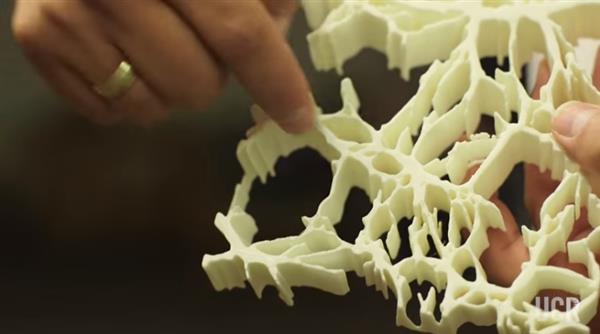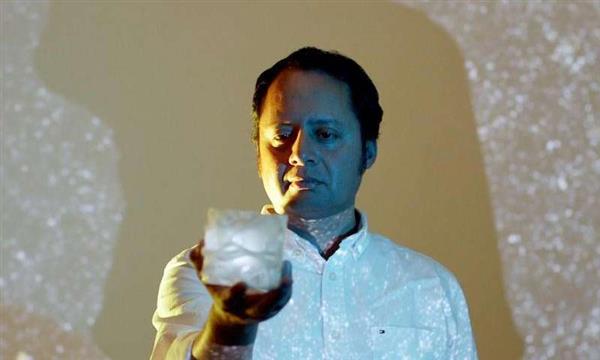Miguel Aragón-Calvo who is a specialist in data mining and visualization, galaxy formation and cosmic web analysis and a visiting assistant researcher in the Department of Physics and Astronomy, at the University of California (UC), Riverside, is trying to understand the formation of galaxies and evolution of the universe with the help of 3D printing.
Aragón-Calvo developed an automated technique to identify and track the cosmic network in computer simulations over time. “These problems in cosmology are very difficult to visualize, even using computer graphics,” said Aragón-Calvo. “By 3D printing them I am able to interact directly with the models and ‘see’ the problem at once. In some cases this results in ‘eureka’ moments. This is usually done by identifying structures at different times and then somehow linking structures in adjacent times,” he said. “Current techniques using this approach are far from optimal.”
He offered a simple and effective solution to track the cosmic network by 3D printing a 2D simulation and assigning the third dimension to time. He said, “Tridimensional cosmic structures can be easily identified and tracked as four-dimensional objects where time is taken as another spatial variable. Even though I had visualized the cosmic web many times before in the computer screen, the solution only became obvious once I held the model in my hand.”

He explained touching and observing 3D printed models helps in better understanding and acquiring the right kind of information that our visual sense alone cannot provide. “I often ‘play’ with 3D models of galaxies in their early stages in order to get new ideas on how gas gets injected into them to produce stars,” Aragón-Calvo said. “This has been very helpful in developing a model of galaxy formation that I will soon submit to a peer-reviewed journal.”
